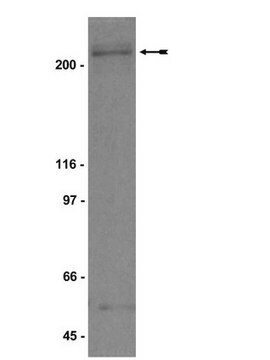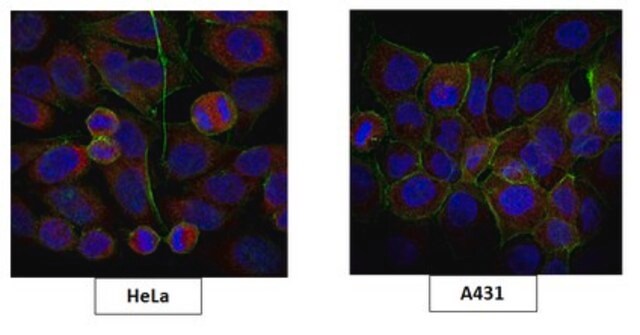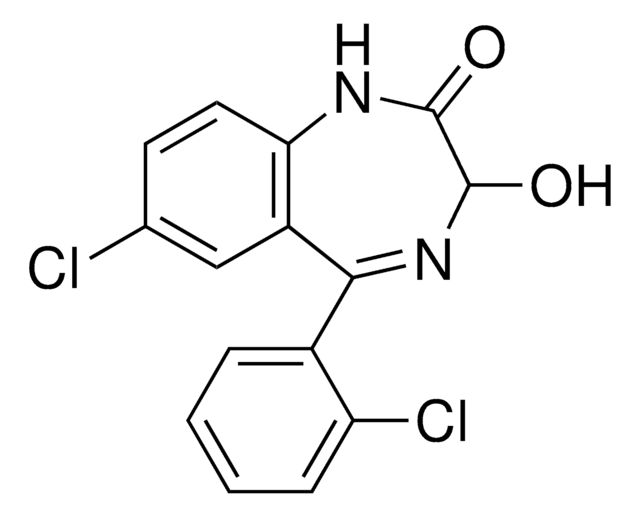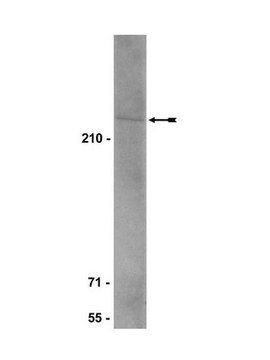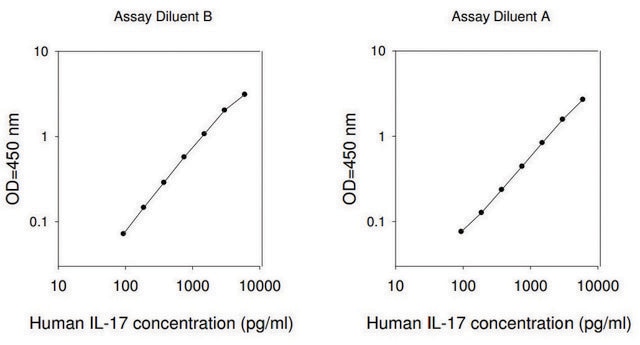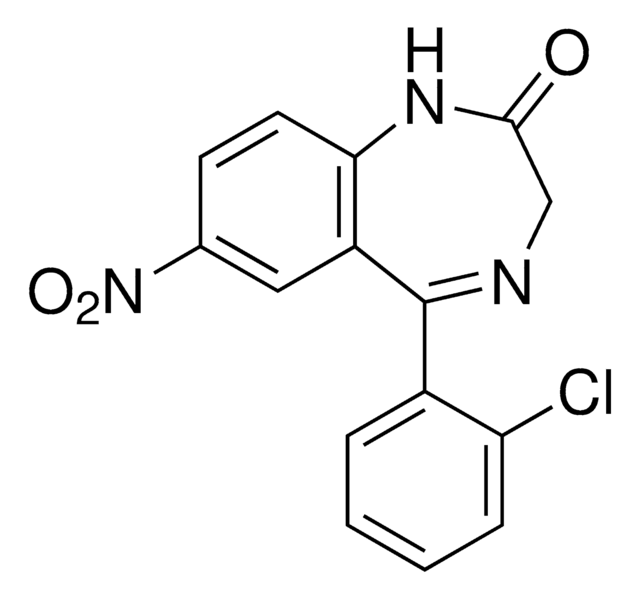PLA0185
Rabbit anti-BRCA1 Antibody, Affinity Purified
Powered by Bethyl Laboratories, Inc.
Synonym(s):
BRCA1/BRCA2-containing complex, BRCAI, BRCC1, BROVCA1, FANCS, Fanconi anemia, IRIS, PNCA4, PPP1R53, PSCP, RING finger protein 53, RNF53, breast and ovarian cancer susceptibility protein 1, breast and ovarian cancer sususceptibility protein 1, breast cancer 1, complementation group S, early onset, early onset breast cancer 1, protein phosphatase 1, regulatory subunit 53, subunit 1, truncated BRCA1, truncated breast and ovarian cancer susceptibility protein 1, truncated breast and ovarian cancer sususceptibility protein 1, truncated breast cancer type 1 susceptibility protein
About This Item
Recommended Products
biological source
rabbit
Quality Level
antibody form
affinity purified immunoglobulin
antibody product type
primary antibodies
grade
Powered by Bethyl Laboratories, Inc.
species reactivity
human
concentration
1 mg/mL
technique(s)
immunohistochemistry: 1:500- 1:2,000
immunoprecipitation (IP): 2-10 μg/mg
western blot: 1:500- 1:2,500
accession no.
NP_009225.1
UniProt accession no.
shipped in
wet ice
storage temp.
2-8°C
target post-translational modification
unmodified
Gene Information
rabbit ... BRCA1(672)
Immunogen
Physical form
Other Notes
Disclaimer
Not finding the right product?
Try our Product Selector Tool.
Storage Class Code
12 - Non Combustible Liquids
WGK
nwg
Flash Point(F)
Not applicable
Flash Point(C)
Not applicable
Certificates of Analysis (COA)
Search for Certificates of Analysis (COA) by entering the products Lot/Batch Number. Lot and Batch Numbers can be found on a product’s label following the words ‘Lot’ or ‘Batch’.
Already Own This Product?
Find documentation for the products that you have recently purchased in the Document Library.
Our team of scientists has experience in all areas of research including Life Science, Material Science, Chemical Synthesis, Chromatography, Analytical and many others.
Contact Technical Service